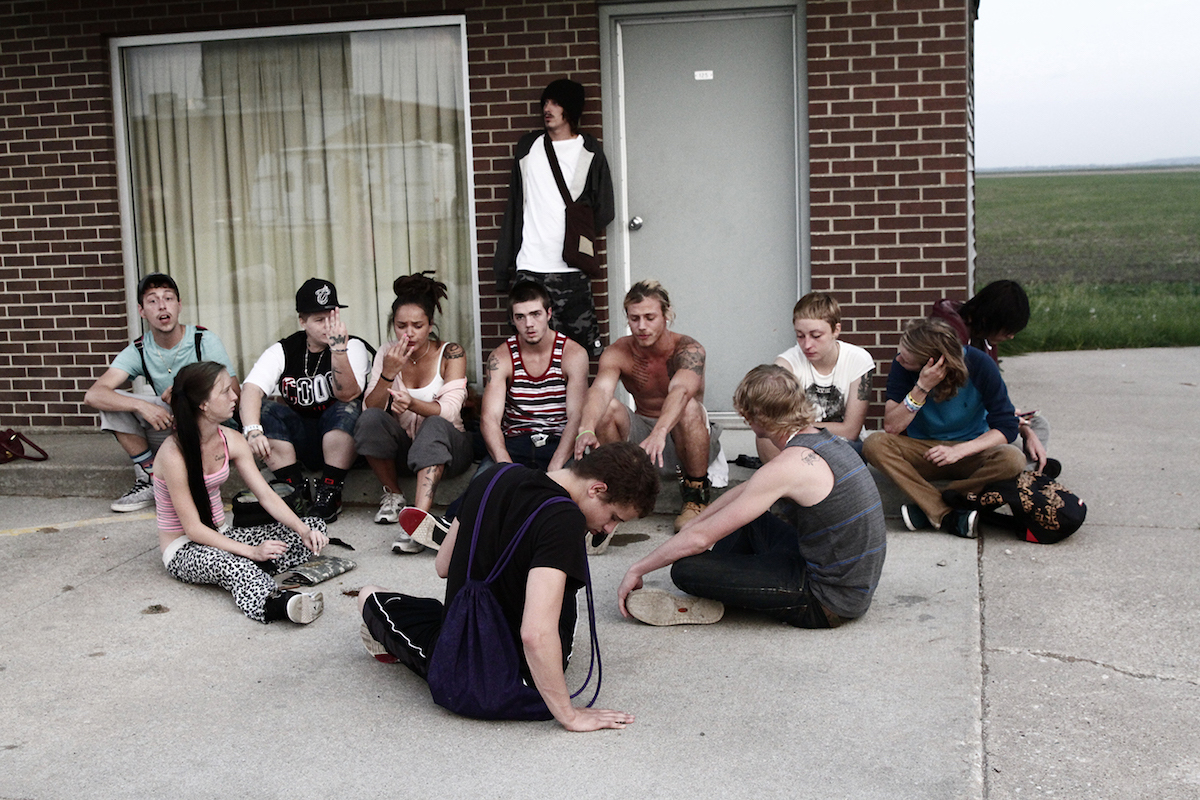A lot has already been written about American Honey, the newest film from Academy Award winning director Andrea Arnold. The story of Star, a teenage girl who flees her troubled home to join a traveling sales crew in the American Midwest, it has, quite rightly, been praised for its lead performance: a breakout role in which newcomer Sasha Lane excels as an Oklahoma adolescent, old beyond her years and yet full of the kind of curiosity you feel could only come from a film debut. Supplemented by turns from Shia LaBeouf as Jake, the gang’s top seller, and an excellent Riley Keogh as Krystal, the crew’s unhappy boss, it is a journey into the heart of both America and its much vaunted dream — a real life road trip that explores the meeting place between man and nature, savagery and civilization, and the occasional souls that fall in between.
Central to all of that is a series of brilliant performances from the crew itself: a group of fifteen young people who zigzag across America selling magazine subscriptions door to door. Inspired by a 2007 New York Times article, Long Days, Slim Rewards; For Youths, a Grim Tour on Magazine Crews, Arnold chose to cast non-actors in many roles, holding auditions everywhere from Walmart car parks to Panama Beach during Spring Break, where she would eventually discover Lane. As the cast developed their own easy chemistry, it became as essential to the story as anything else — an example of the natural structures that develop, even when there appear to be none.
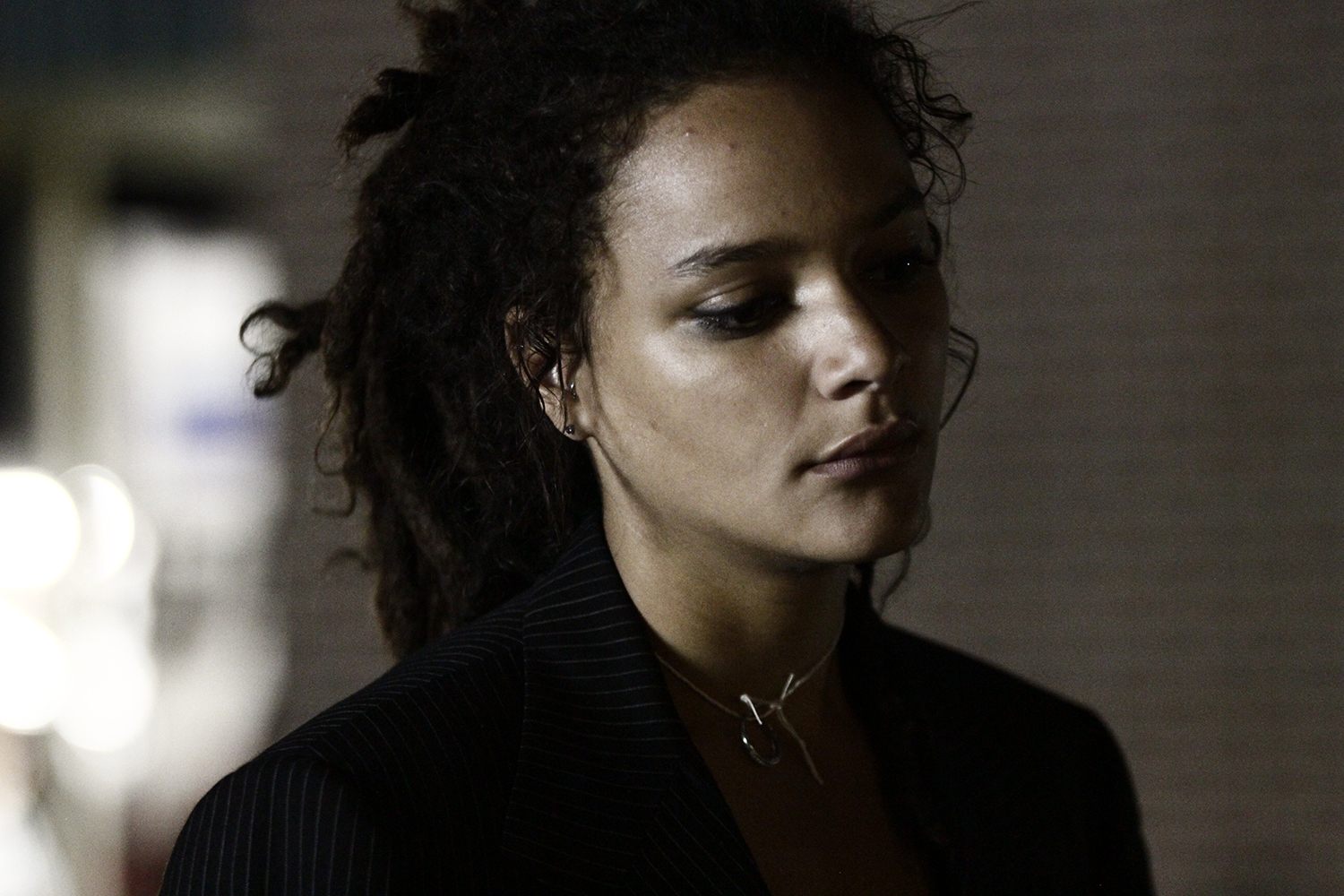
How important was giving a sense of character to each of the crew?
It was really important to me. Everyone I cast I really love. Every single one of them. And although the script wasn’t really written like an ensemble piece, it was written really as a story between Star and Jake, when we got all these beautiful people that we cast, I just couldn’t bare not to have them there. I wanted you to see them all. I wanted them to be seen.
There’s a real family atmosphere when they’re traveling in the van. How do you go about creating that kind on set?
Just leave them to it! I mean there was a script that had very specific scenes, mostly between Star and Jake, but we did the road trip for real. So we started in Oklahoma, went to North Dakota, back down to South Dakota. I think we did ten thousand miles. And when we traveled, we genuinely traveled together. Crew, cast, everybody. They would be hanging out and we’d just get on the bus and film them. Sometimes there were little bits of script I’d give them to do, actual scenes. But the scenes that I’d written didn’t really survive very well in that kind of environment. It was half improvised, half scenes.
Did they bond straight away?
They bonded very early on. They came from all over America. Some of them had never flown before. We all arrived at this big hotel. It was a very exciting thing for everyone. So it was immediate because we’re all sharing this big adventure. We’re making something together, we’re living together and all the things that that entails. Ups, downs, sharing, looking after each other. Everything. That’s a very bonding experience. And that happened from day one. I remember them all arriving and hanging outside the hotel straight away. Walking around together, going to get food, going to the gas station to get cigarettes. Immediately.
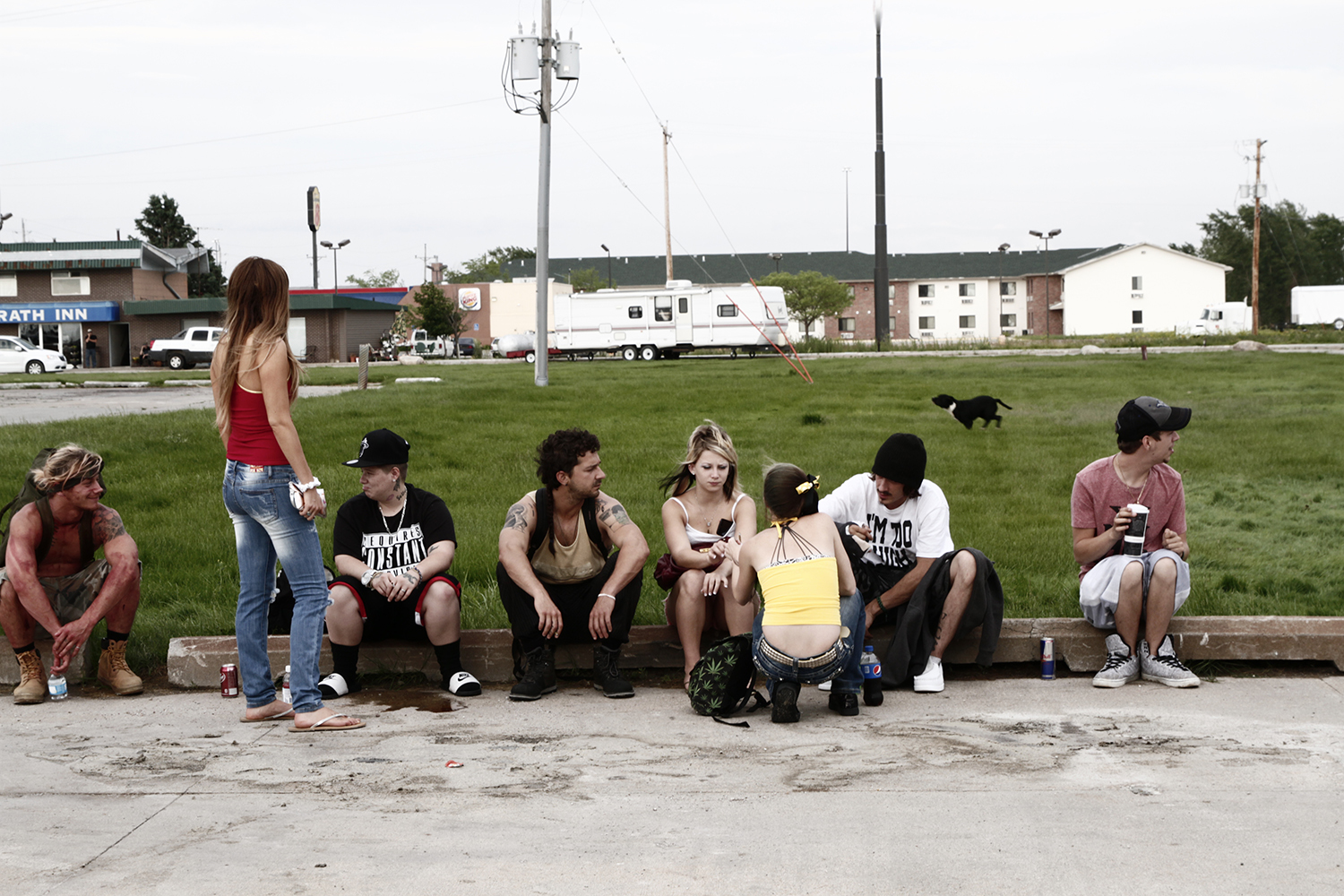
Music is such an important part of the bonding in the film. Were there certain songs you know you wanted from the very beginning?
It was a bit of a mix really. The Ravonettes was my choice; “Recharge & Revolt.” I love that song. And Rihanna. I’m a big Rihanna fan and “We Found Love” feels very much of this time. Some of the trap songs… “Bounce It” by Juicy J. That was my choice and became Shia’s song. “Choices (Yup)” by E-40, that came from the crew. That was the road trip anthem. Every time we had some kind of party, that was the one we were dancing to. Everybody knew the words. The Raury song [“God’s Whisper”] I found online and it just stayed with me for so long. I was rewriting the script as we went. Star was written for another girl who dropped out three weeks before, so I was rewriting her for Sasha, who was quite different. Shia played the part a little different to what I’d written it, so I was rewriting it for that as well. And it all caught up with me at the end. We were in Pine Ridge, which is a reservation is South Dakota, and I had to write the last scenes. I went away and stayed by myself in a little motel in the reservation and the Raury song was just in my head. It was the end of the shoot and it just was absolutely with me. So it felt really important. The lyrics are really important too. “I won’t live a life on my knees.”
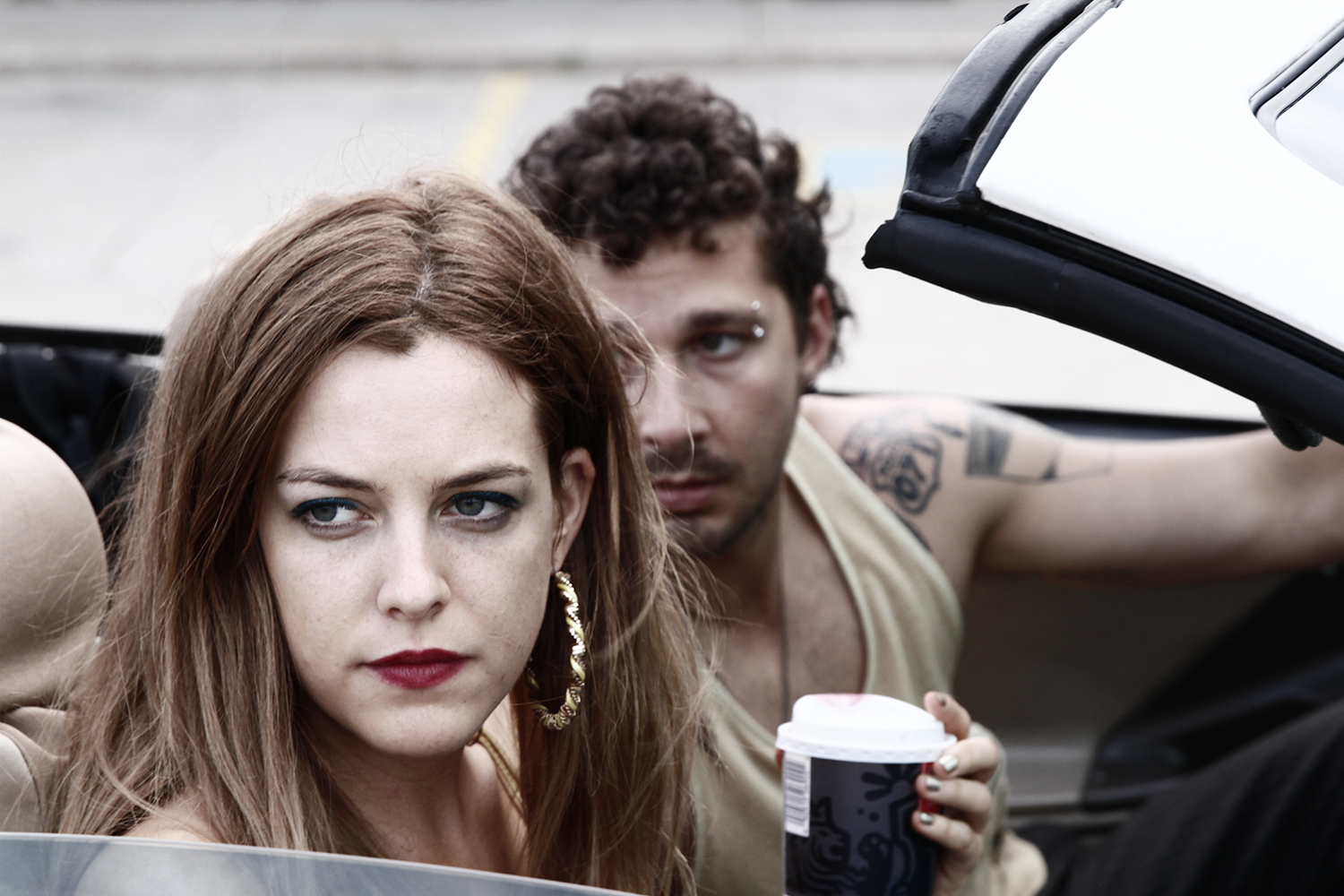
Of the 15 people eventually cast as crew members, 11 had never acted before. Was there something in particular you were looking for when you were scouting them?
We looked in a lot of places for them all. I did a lot of road trips before I made the film because I wanted to get to know America more, I wanted to see some of the places they would go, where they came from. So I did a lot of driving around by myself, over a period of a couple of years. And one of the times I was in Austin, Texas I went to a homeless shelter, just to see if I could find anyone that might be in the film. And I spoke to the guy who worked there and he told me a lot of these kids are seen as “throwaways” in America. And that really stuck with me. And I always wanted to show that they were not throwaways. When we were casting, some of the places where I was going, there was a lot of poverty, a lot of drugs. And some kids of that age would be very far into the drugs. Or a bit lost. So I always wanted to cast people who had the light on still. Who hadn’t lost that potential. Because every human has such huge potential. And sometimes if you’re living hard, then maybe that gets a bit burned out. Whereas everyone that we cast had that light on still.
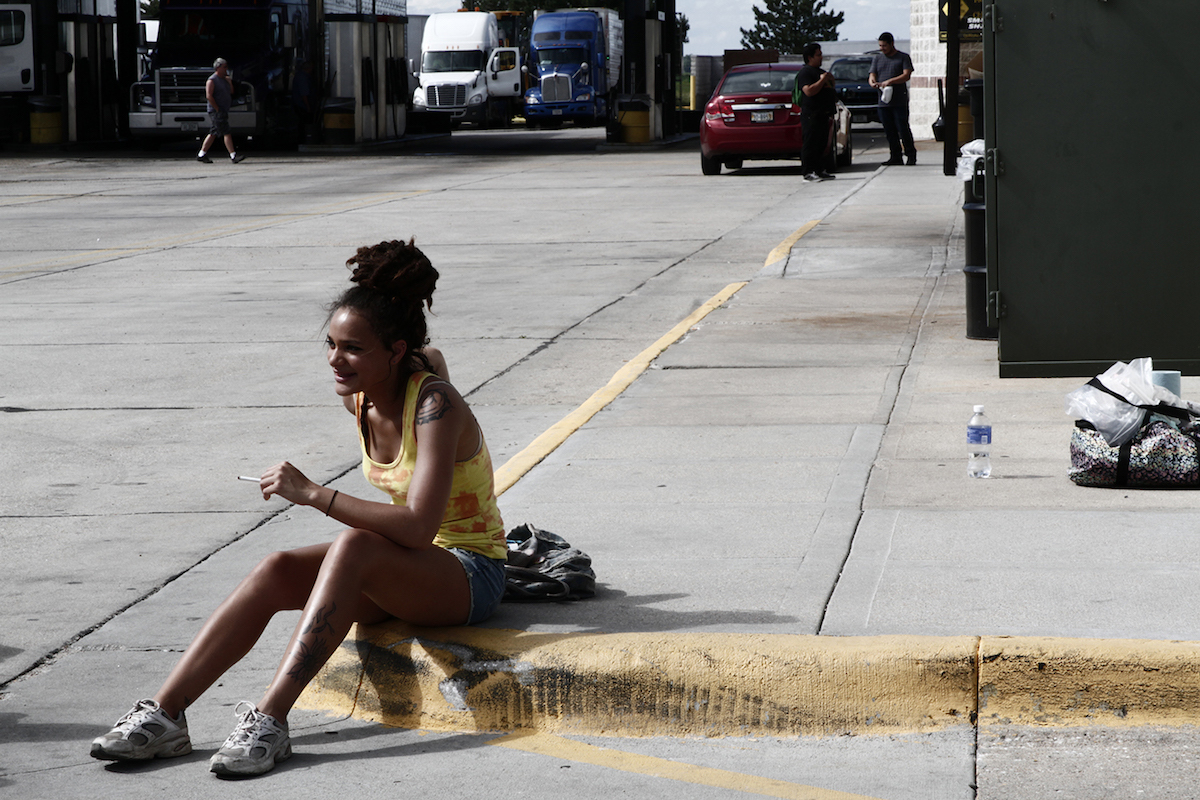
What were the main differences when depicting poverty in the States compared to the UK?
Well, the health service is not the same. The NHS is such an amazing thing and I did notice that in places that are very poor, the access to health services and dentists and things like that was difficult. We had several trips to the dentist with some of the people in my cast because many of them were living with very bad toothache and could not afford to mend it. I can’t remember how many teeth we had removed but quite a few. So that kind of thing surprised me. And the drugs as well, in some of the poor areas. In one tiny town — and I mean a really tiny town, a diner, a funeral directors, a dollar store — there were two pharmacies. And in the one I went into were like six or seven pharmacists all shaking pills at the back. I asked them what they were doing and they told me it was anti-depressants for the young and painkillers for the old. It’s towns that had industry before. There’s no industry now. People need work. People need useful work to do. And if the industries gone, what happens in those tiny places? A lot of kids told me that the only work that was really available to them was fast food restaurants. Those jobs that used to be in factories or mines or whatever, they’re not so much there now.
Did you have any concerns being a British director tackling that very American form of capitalism?
Well, we live in a capitalist country too. We live in a Western capitalist society too. So it didn’t feel alien to me. It felt very familiar. I was reading a book by Erich Fromm — he has a book called The Art of Loving in which he says that capitalism is incompatible about love, because love is about giving and capitalism is about taking.
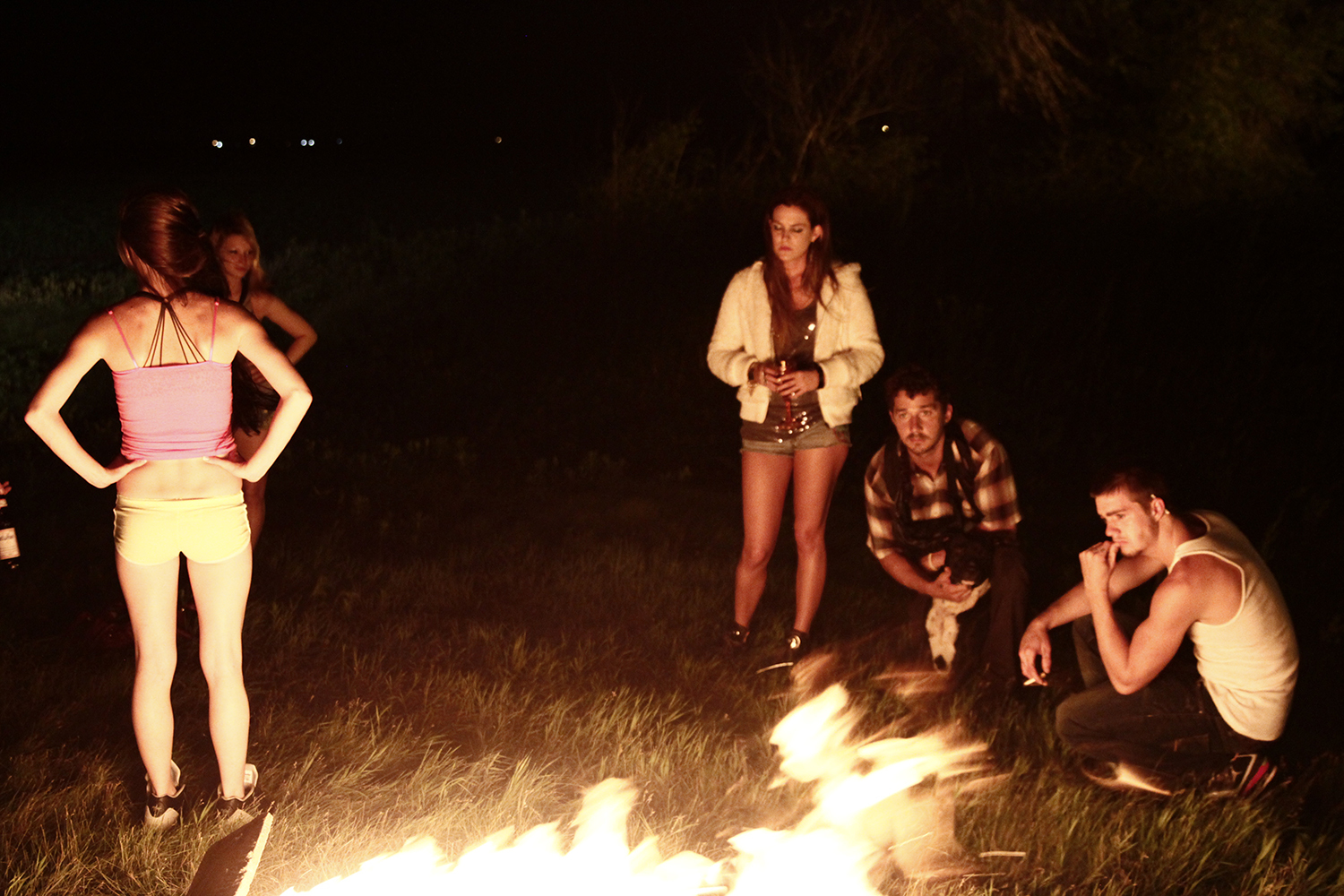
And the characters all seem to have such potential for love too. There isn’t an out and out bad character or an out and out good character.
Because no one is out and out bad or good. No human is. That’s what I believe about people. Even the ones who do the worst evil, their story’s probably coming from a place they can’t help. The humanity is in there somewhere.
Sasha was such a late addition to the cast. What was it you saw in her that you thought suited the role?
It’s always such a hard thing to put it words. People ask me and I find it so hard to describe. I mean, she stood out, among a lot of people. Just visually. But not just visually. In terms of her spirit. She had a real center. I can’t describe it. A real self-possession somehow. I went to her hotel room that night and we did some improvisation in the corridor, with her mates. And she was really great. She was just really open. Protective of herself but just really up for things. I remember we were in Walmart cart park and I introduced her to Rae Rae who was playing Chanti in the film, the little girl who has the dog. She comes from Panama and she was already cast so I introduced them. She loves twerking, Rae Rae. And spring break, everyone gets of the cars and twerks in Walmart parking lot. And Rae Rae loves to twerk in Walmart parking lot on her car, so I said to Sasha, “Go on, go and join her.” And Sasha jumped up on the roof and started dancing with Rae Rae. I thought, ‘okay, there’s my girl.’
American Honey is out now.
Credits
Text Matthew Whitehouse
